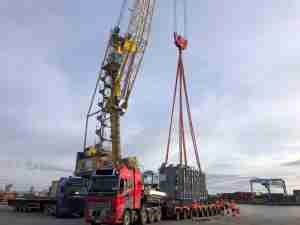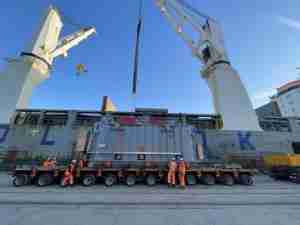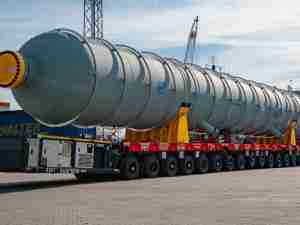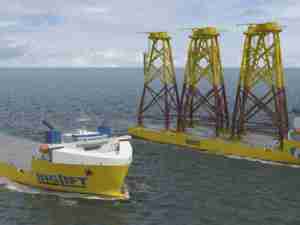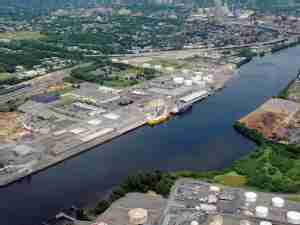Rope and Sling Specialists (RSS) has provided lifting and rigging products to BAM Nuttall Limited (BAM), which will utilise the equipment during the landmark modernisation of the Rothera Research Station in the Antarctic.
BAM is working in partnership with the British Antarctic Survey (BAS), part of the Natural Environment Research Council (NERC), to deliver civil engineering projects associated with the RRS Sir David Attenborough, the UK’s new polar research vessel, commissioned by NERC and operated by BAS for scientific research and logistics projects.

RSS has supplied a variety of equipment, including polyester roundslings, webbing slings, chain slings, shackles, chain blocks, jacks, and safety harnesses. It has also provided a Modulift MOD 34 spreader beam with a safe working load (SWL) of 10t at 8.5m (28 ft.) in length. The MOD 34 offers up to 34t at 6m (19 ft.) and up to 10m (32 ft.) at a lower capacity.
Martha McGowan, project manager at BAM, explained that the below-the-hook equipment would be used with two 300t capacity crawler cranes and an 80t capacity mobile crane. She added that loads will weigh up to 20t during dismantling of the existing wharf and up to 35t as the steelwork frames to create the new wharf are installed.
McGowan said: “The [RSS] equipment will be used over two seasons, each lasting five to six months starting in November 2018 and 2019 respectively. We can expect to be working in temperatures of approx. 0°C with a -20°C wind chill. A lifting equipment cabin will protect the items from the elements whilst in storage between usages.”
Steve Hutin, managing director at RSS, said: “It’s always rewarding to source and manufacture product for the world’s most interesting and meaningful projects. Sir David Attenborough is a household name and the vessel named after him will help mankind to achieve amazing things. That we’ve played a small part in preparing Rothera Research Station to accommodate the vessel gives us a great sense of pride and satisfaction. Credit must go to our team at Grangemouth [Scotland], particularly Steve Beurskens [sales engineer], who committed to winning this landmark order and delivering it in line with the project’s requirements.”
Other benefits of improving the wharf include an upgrade of small boating facilities for marine research, including a larger crane for launching small boats, a personnel gangway, and a floating pontoon for the deployment of scientific instruments such as gliders.
The Rothera Research Station is situated on Adelaide Island to the west of the Antarctic Peninsula.
